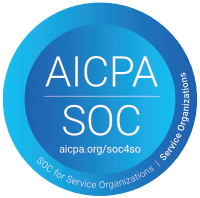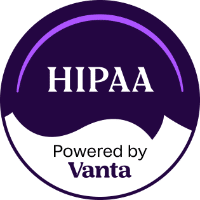Providing quality healthcare to everyone in a culturally and socioeconomically diverse society can be a challenge, especially in the absence of universal healthcare solutions. This can lead to major health disparities among different demographic groups. In the U.S., health disparities often stem from a combination of interrelated factors, from societal and economic inequalities to cultural and linguistic diversity.
While the varied and deeply-rooted nature of these health disparities makes them exceedingly difficult to eliminate, they can be alleviated significantly with the right support services in place. Among these critical support services are Federally Qualified Health Centers (FQHCs) and interpreting services.
The Vital Role of FQHCs in Overcoming Health Disparities

As one of the first significant attempts to overcome socio-economic barriers to quality care, legislation was passed in the 1960s under President Johnson that led to the establishment of the first neighborhood health centers. These first neighborhood health centers were designed to provide comprehensive healthcare services to low-income and medically-underserved populations, regardless of their ability to pay. They eventually became today’s Federally Qualified Health Centers (FQHCs).
In the decades since, FQHCs have evolved and expanded to include over 10,000 care locations that form an important pillar of the U.S. healthcare system. Today, FQHCs serve tens of millions of people in all corners of the country, providing essential preventive and primary care services to the un- and underinsured and to all others with limited access to healthcare. For many communities in the U.S., they are the only available resource for accessing quality healthcare services.
The Vital Role of Interpreting Services in Overcoming Health Disparities

Moreover, language-discordant care, which occurs when the patient and healthcare provider do not speak the same language and do not involve professional, medical interpreters in the care scenario, can lead to miscommunication, misunderstanding, and mistrust between healthcare providers and patients.
Qualified, professional interpreters play a crucial role in ensuring equal access to quality care for patients with LEP. High-quality interpreting services have been shown to improve patient care and care outcomes because healthcare professionals are able to better understand patient concerns, reliably diagnose symptoms, and build continuing rapport with the patient which supports adherence to treatment protocol.
Interpreting Services as a Critical Resource for FQHCs
There is significant overlap between language-minority communities and un-/underinsured patient populations, making FQHCs a frontline health resource for patients with LEP. This can prove to be a challenge for FQHCs, especially in communities with a wide spectrum of language diversity. Fortunately, the solution is clear: empower FQHCs with access to high-quality interpreting services in all of the languages represented in their community.
By enabling FQHCs to provide language-concordant care to patients with LEP, interpreting services act as a necessary and critical resource for FQHCs to fulfill their mission of equal access to quality healthcare for all patients, regardless of language or income.
5 Ways Interpreting Services Support the Mission of FQHCs
1. Improved Patient Communication

2. Reduction in Health Disparities

3. Enhanced Quality of Care

4. Improved Patient Outcomes and Satisfaction

5. Compliance with Federal Regulations

Conclusion
While many root causes of health disparities are deep-seated and will require concerted, systematic efforts to overcome, language barriers are one that can be solved quickly and effectively. Interpreting services, whether provided in-person or virtually through Over the Phone or Video Remote Interpreting, are powerful resources to overcome those disparities caused by language barriers.
As the only option for medically underserved populations, which often include patients with LEP, to receive quality healthcare is often FQHCs, they function as an important lifeline in their communities. By helping FQHCs ensure that everyone has access to quality healthcare services, regardless of language or cultural barriers, interpreting services are a critical resource for FQHCs to fulfill their mission.












